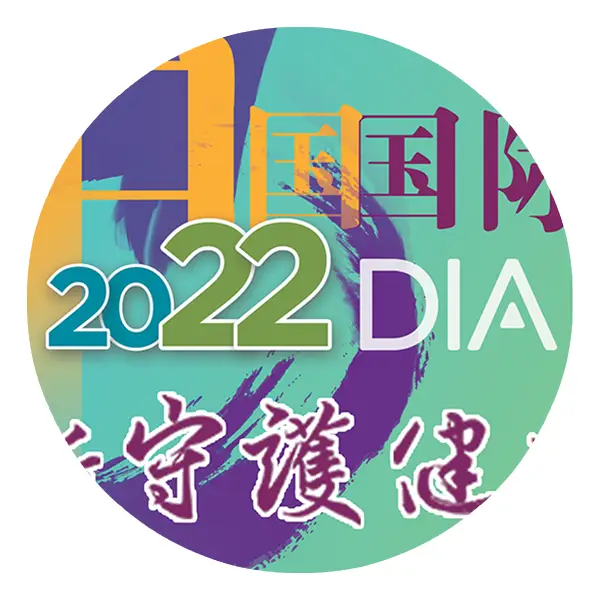ince initiating the process of pre-admission to the Pharmaceutical Inspection Co-operation Scheme (PIC/S) in September 2021, the National Medical Products Administration (NMPA) has been actively taking part in PIC/S-related activities in preparation to become a PIC/S participating authority. To foster better understanding of and promote GMP regulation harmonization and inspection conformance across countries, a PIC/S workshop was held during the DIA China 2022 Annual Meeting. As an exchange of mutual experience in support of China to join PIC/S, these discussions (summarized below) covered the latest regulatory considerations and requirements to ensure product quality and patient safety from various perspectives.
- ICH Q9 QRM has been effective since 2005 and gradually implemented in member countries. However, it has been noted that even though equipment, process, and personnel are validated and trained, an increasing number of quality defects and recalls has been reported. The Q9(R1) is focused on the application of good science in risk management. Shifting the focus from reactive to proactive, the QRM will enable continual improvement and has become a key aspect of the Pharmaceutical Quality System (PQS). PIC/S and ICH have been collaborating closely for years. China’s NMPA has also become more active recently. NMPA’s CFDI fully participated in a PIC/S Expert Circle Meeting on QRM in December 2022. It’s anticipated that China will further study and implement QRM.
- Annex I, Manufacture of Sterile Medicinal Products, is one of the most important GMP annexes of the PIC/S guidance. The most recent revision, which took almost six years to complete, was a tripartite consensus process involving EU, WHO, and PIC/S. It was the first time that such a guidance was openly developed in this way, and its final publication in August 2022 attracted extensive attention from industry. The annex covers a wide range of sterile product types, elaborating how manufacturers should utilize Q9 QRM and Q10 PQS to improve their understanding of the manufacturing process and integrate effective QRM tools into all areas of the product lifecycle with the aim of minimizing microbial contamination and ensuring the quality of sterile products. Most importantly, the annex introduces with high emphasis the new concept of the holistic contamination control strategy (CCS). It poses a stricter requirement on the Chinese pharmaceutical industry, especially in comparison with China’s GMP Sterile Annex, which was published in 2011. Local companies with overseas product filing plans need to adapt to the new requirements in preparation for future inspections. On the other hand, since NMPA has joined ICH and has applied for pre-admission to PIC/S, observers expect amendments to China’s GMP Sterile Annex to harmonize with the international standard.
- The quality of the IMP (Investigational Medicinal Product) is important for patient safety as well as for the results of clinical trials. In addition to compliance with GMP principles, there are special considerations in the quality management of the IMP. The NMPA, for the first time, published the IMP Annex on May 27, 2022. This was based on almost seven years of preparatory work, including two drafts incorporating public comments, with the consideration of China’s practice and references to WHO, PIC/S, FDA, and EU guidelines. The annex became effective on July 1, 2022. The CFDI also published a Q&A document. The annex clarifies special considerations for IMP manufacturing, quality control, equipment and facilities, document management, process validation, etc., based on different stages of product development and clinical study designs. It indicates that sponsors shall establish a risk-based quality management system, covering requisite aspects that may impact product quality. The annex is pragmatic and helpful to guide sponsors to establish a corresponding quality management system.
Challenges and Opportunities for China
Participating in PIC/S raises challenges as well as opportunities for China. The NMPA will be subject to evaluation of its drug regulatory inspection system in accordance with the international standard. On the other hand, mutual recognition of inspections will bring invaluable benefits to industry in China.
Establishing any new regulation or guideline, or amending an existing one, is a multistakeholder, multifaceted process. Joint efforts from relevant parties and industry’s active cooperation are necessary for its successful implementation. As its next steps, NMPA will push to establish a standard GMP inspection quality system that ensures consistency in procedure, method, result assessment, report writing and handling, and related aspects. NMPA also plans to strengthen inspection team development through training and examination. The NMPA will follow the latest GMP guidelines, especially the EU Sterile Annex, to harmonize with the international standard, with the aim to be well prepared and ready for future PIC/S evaluation.
This article draws from discussions at the NMPA PIC/S Workshop presented on ICH Day at DIA China Annual Meeting 2022. This workshop was hosted by Wang Xiangyu (NMPA) and featured Kevin O’Donnell (Ireland Health Products Regulatory Authority [HPRA]); Ian Thrussell (Medicines & Healthcare products Regulatory Agency [MHRA], UK; and Ye Xiao (Center for Food and Drug Inspection [CFDI], NMPA).


